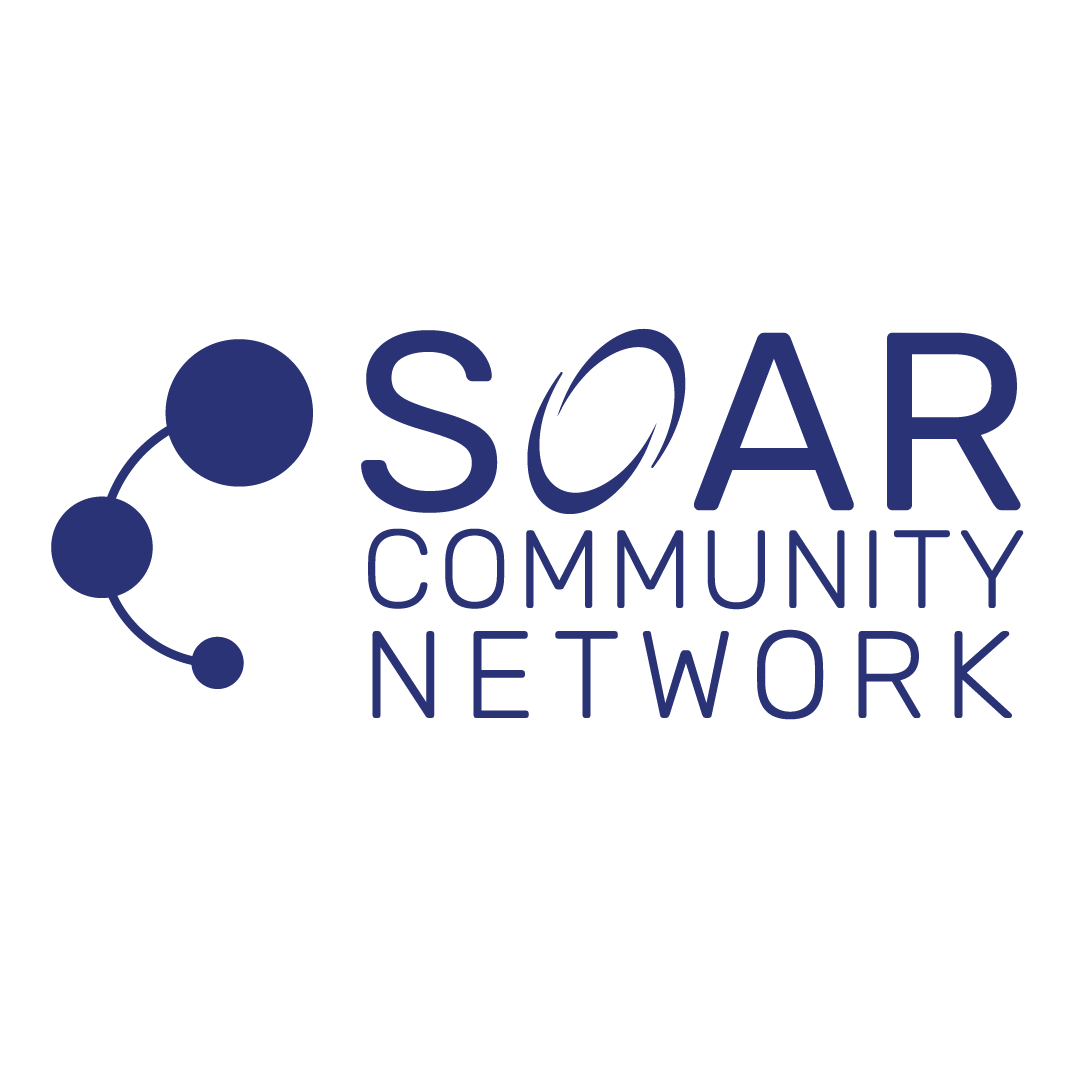Introduction
When employees feel invisible, their motivation quietly fades. Many organizations offer recognition programs, but they often feel generic or inconsistent. One person may receive a public shoutout while another’s contributions go unnoticed. Others might be praised in ways that don’t align with how they feel most valued.
The result is uneven engagement, miscommunication, and lost opportunities to reinforce what’s working well.
Recognition isn’t just a nice-to-have. It’s a proven driver of performance, retention, and culture. But it must be personal, timely, and consistent.
Solution
Effective recognition is rooted in understanding how each person prefers to receive appreciation. Some thrive on public praise. Others value quiet, sincere feedback. Behavioral science gives us tools to understand these preferences and incorporate them into daily leadership habits.
At SOAR, we help clients implement solutions like Predictive Index Perform, which makes recognition both personal and repeatable. It supports leaders in giving timely kudos and developmental feedback, while tracking performance patterns across teams.
We also emphasize that recognition must be peer-driven, not just top-down. When team members are encouraged and empowered to lift each other up, appreciation becomes part of the culture, not just a task.
Action
To build a culture of meaningful recognition, start with these practices:
- Use Behavioral Insights to Personalize Feedback – Understand how each team member prefers to receive appreciation. Tools like behavioral assessments provide clues. For example, some may appreciate a thoughtful note while others prefer public acknowledgment during meetings.
- Standardize Recognition with a Simple Platform – Platforms like Predictive Index Perform help managers stay consistent with praise and developmental feedback. Use them to build regular habits, not just once-a-year reviews.
- Build Peer-to-Peer Recognition Rituals – Encourage teammates to celebrate one another through tools like Slack shoutouts, weekly recognition circles, or shared gratitude walls. Make recognition part of your team rhythm, not an afterthought.
- Recognize Effort and Values, Not Just Results – Praise the behaviors you want to see more of—collaboration, resilience, creativity. When you recognize both the outcome and the effort behind it, people feel truly seen.
Conclusion
Recognition isn’t only about celebration. It’s a powerful communication tool that reinforces values, deepens connection, and inspires people to bring their best selves to work.
When leaders and peers understand how to give recognition that aligns with individual styles, it becomes a force that strengthens culture and performance alike.
To explore how your organization can build a recognition rhythm that works, visit our C3 Tools page and learn how to integrate behavioral insights and performance management platforms.

